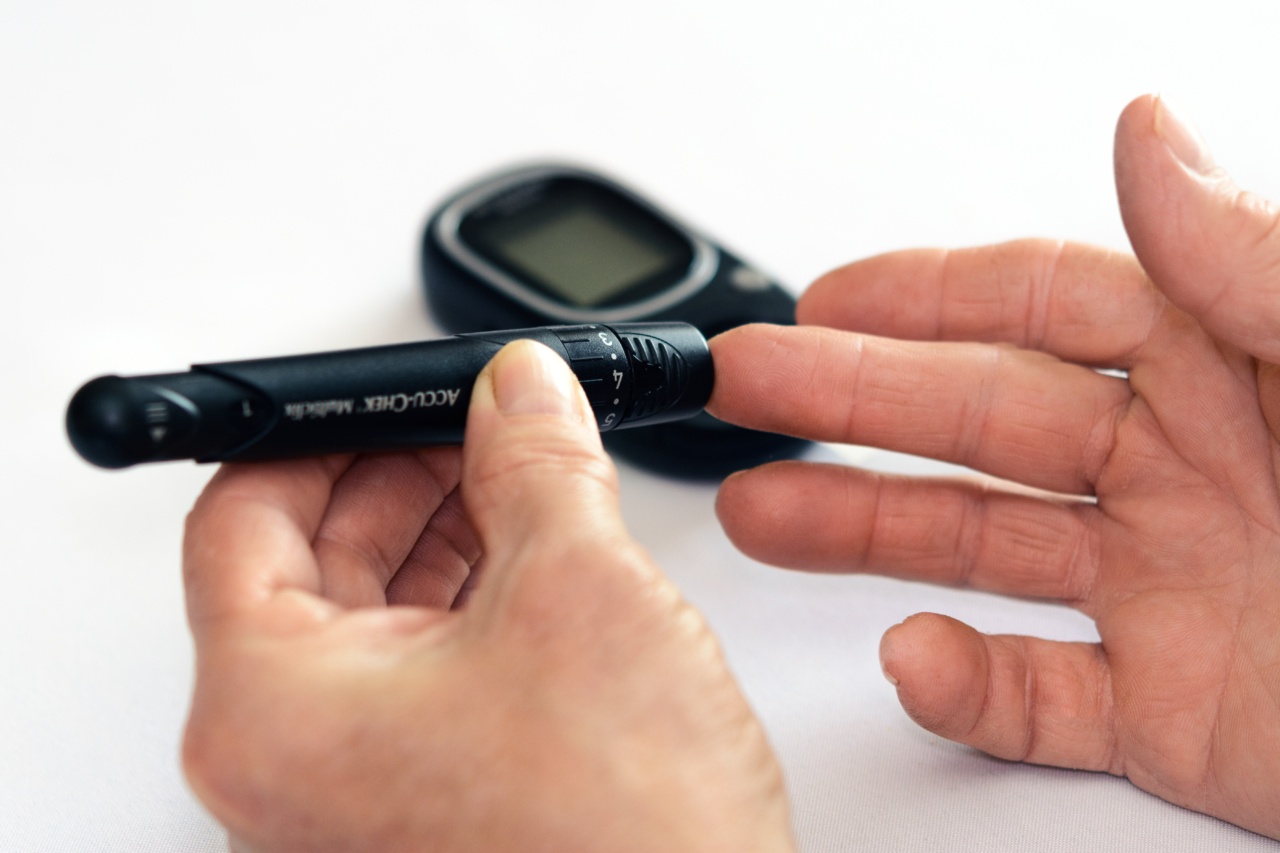Diabetes is a chronic metabolic disorder that affects millions of people worldwide. It is characterized by the inability of the body to store and use glucose properly, leading to elevated blood glucose levels.
Late diagnosis of diabetes can lead to severe complications such as cardiovascular diseases, nerve damage, kidney failure, and blindness. Identifying early molecular biomarkers that predict the onset and progression of diabetes can be crucial in improving diagnosis and treatment of this disease.
In recent years, research has made significant strides in identifying molecular biomarkers that could eventually be used to diagnose diabetes early.
What is a Biomarker?
Biomarkers are substances or indicators that can be used to monitor or diagnose biological processes, including diseases. Biomarkers can be obtained from a variety of sources, including the blood, urine, saliva, and tissue samples.
Researchers believe that identifying molecular biomarkers of diabetes could help diagnose the disease earlier and predict its progression more accurately.
Advantages of Molecular Biomarkers for Diabetes
The identification of specific molecular biomarkers for diabetes could revolutionize the diagnosis, treatment, and prevention of the disease. Some of the main advantages of molecular biomarkers are:.
- Biomarkers could provide more accurate and earlier diagnosis of diabetes.
- Biomarkers could help identify individuals at high risk of developing the disease before symptoms appear.
- Biomarkers could help predict the progression of the disease and its response to treatment.
- Biomarkers could assist in developing new therapies for the treatment of diabetes.
Identified Molecular Biomarkers for Diabetes
Recent studies have identified several molecular biomarkers that could potentially be used for the diagnosis of diabetes:.
- Glycated Hemoglobin (HbA1c): HbA1c is a biomarker that reflects average blood glucose levels over the past two to three months. It is an effective marker for the diagnosis of diabetes because it reflects the long-term blood glucose control in a patient.
- Islet Amyloid Polypeptide (IAPP): IAPP is a protein that is found in pancreatic beta-cells. It has been implicated in the development of type 2 diabetes. Elevated levels of IAPP have been found in the blood of patients with type 2 diabetes.
- Adiponectin: Adiponectin is a hormone produced by adipose tissue and is involved in the regulation of glucose metabolism. Low levels of adiponectin have been associated with insulin resistance and the development of type 2 diabetes.
- Inflammatory Markers: Inflammatory markers such as C-reactive protein (CRP), interleukin-6 (IL-6), and tumor necrosis factor-alpha (TNF-α) have been associated with insulin resistance and the development of type 2 diabetes.
- MicroRNA: MicroRNAs are small RNA molecules that regulate gene expression. Several studies have shown that specific microRNAs are dysregulated in diabetes, suggesting that they could be used as diagnostic and prognostic biomarkers.
Challenges in Developing Biomarkers for Diabetes
Despite the progress made in identifying molecular biomarkers for diabetes, there are still several challenges that need to be overcome before these biomarkers can be used clinically:.
- Standardization of biomarker assays: There is a need for more standardized assays to ensure that biomarker measurements are accurate and reproducible across different laboratories.
- Selection of relevant biomarkers: There are many potential biomarkers for diabetes, but not all may have clinical relevance. There is a need to identify biomarkers that have significant implications for diagnosis, prognosis, and treatment of diabetes.
- Accessibility of samples: Accessing samples from patients for biomarker testing can be a challenge, particularly in developing countries. The development of non-invasive biomarker tests could overcome this challenge.
- Cost-effectiveness: The development of biomarker tests can be expensive. There is a need to develop cost-effective biomarker assays that can be used in resource-limited settings.
Conclusion
The identification of molecular biomarkers for diabetes could be a game-changer in the diagnosis, treatment, and prevention of this disease.
Several promising biomarkers have been identified, but further research is needed to validate these markers and develop standardized assays for their measurement. The development of sensitive and specific biomarker tests that are accessible and affordable could lead to earlier diagnosis and better management of diabetes, ultimately improving the quality of life for people with this disease.































